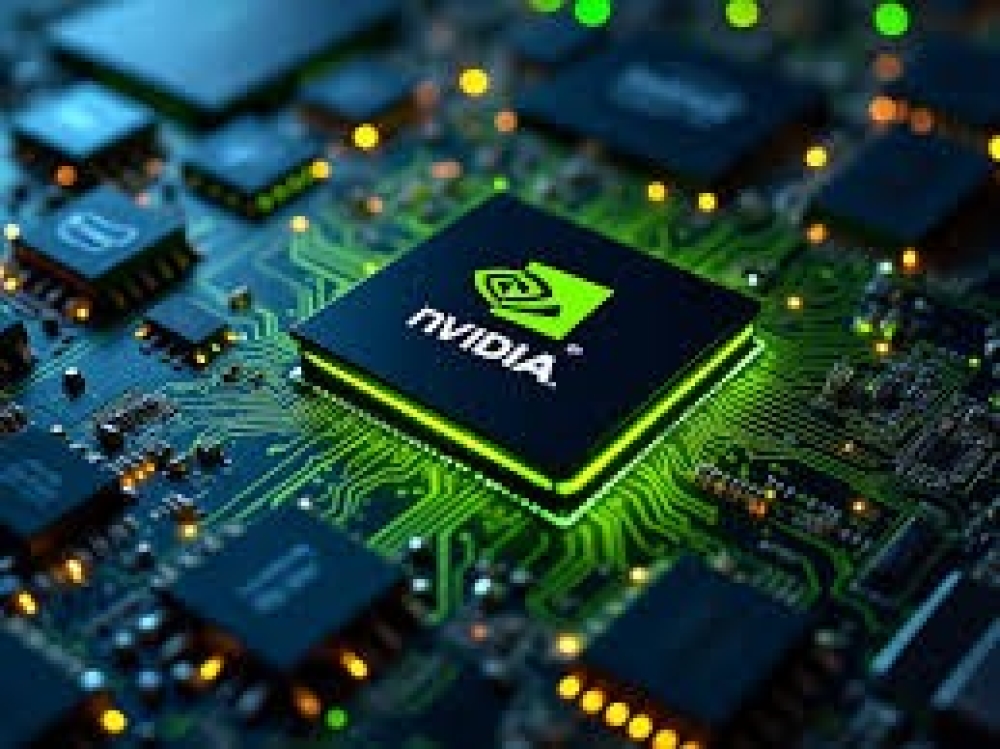Nvidia has developed a new, more affordable artificial intelligence processor for China in an effort to maintain its market presence amid ongoing U.S. export restrictions. The upcoming graphics processing unit (GPU), based on the Blackwell architecture, is expected to be priced between $6,500 and $8,000—significantly lower than the previous H20 model, which cost between $10,000 and $12,000.
The new GPU will be derived from the RTX Pro 6000D, a server-grade graphics processor, and will feature simpler technological components. Instead of using high-bandwidth memory (HBM), it will rely on GDDR7 memory and will not incorporate Taiwan Semiconductor Manufacturing Co.'s (TSMC) advanced Chip-on-Wafer-on-Substrate (CoWoS) packaging technology.
This marks the third custom GPU Nvidia has designed specifically for the Chinese market to comply with U.S. export regulations. Mass production is expected to begin in June. The chip has been developed within the technical limits set by the U.S. government, and its official name has not yet been announced. However, Chinese analysts speculate that it might be called the 6000D or B40.
An Nvidia spokesperson said the company is still evaluating its “limited options” and is awaiting U.S. government approval for the new design. “Without that approval, we are effectively shut out of China’s $50 billion data center market,” the representative stated.
China accounted for 13% of Nvidia’s revenue in the last fiscal year. Due to export restrictions, Nvidia’s market share in China has dropped dramatically—from 95% prior to 2022 to around 50% today. Its main competitor in the region is Huawei, whose Ascend 910B chip is gaining ground.
Nori Chiou, investment director at Singapore-based White Oak Capital Partners and an expert in semiconductor technology, noted that Chinese-made technologies like Huawei’s are expected to match or surpass the downgraded Nvidia chips in one to two years. He emphasized that Nvidia’s key advantage lies in its CUDA programming platform, widely used for AI applications and still favored by developers.
After the U.S. banned the H20 chip in April, Nvidia considered creating a modified version of the model but ultimately abandoned the idea. The company had to write off $5.5 billion worth of H20 inventory and forfeited an estimated $15 billion in potential sales.
The new export rules now limit GPU memory bandwidth to 1.7-1.8 terabytes per second, compared to the H20’s 4 TB/s. The new chip is expected to comply with this limitation using GDDR7 memory.
Additionally, Nvidia plans to begin production of another Blackwell-based chip tailored for the Chinese market as early as September, although its technical details have not been disclosed.
This strategy represents Nvidia’s latest effort to navigate U.S. export restrictions while remaining competitive in China’s crucial AI market.







